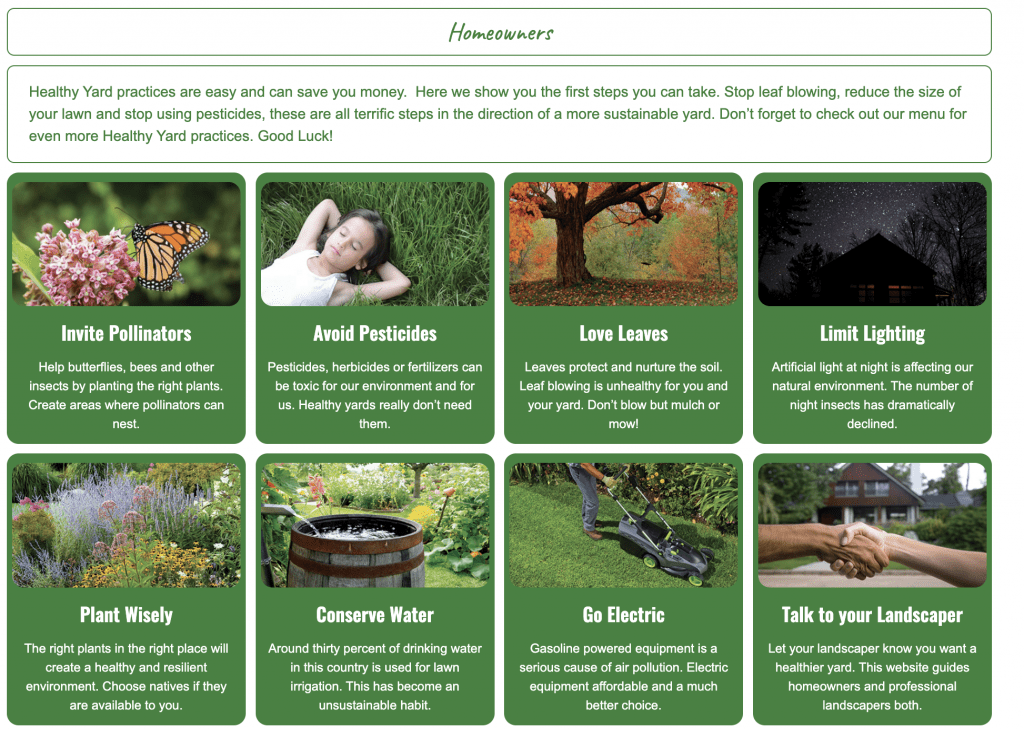A tangible shift is occurring in the way we view and value our landscapes. While we once revered immaculate, unchanging expanses of lawn and exotic evergreens, the trend in recent years is to use landscape design to effect real ecological restoration. No matter the size of your property, by following the principals of ecological landscape design, we can create habitats to support local wildlife. Linking together designed suburban habitats creates biotic corridors, safe, rewilded zones that bridge larger ecosystems through more developed areas. We discuss habitat design principals in our previous blog, Design For Biodiversity Pollinator & Wildlife Gardens. After achieving your dream designed habitat, don’t forget to certify or register your property with one of the many grass roots organizations tracking our national efforts! We review our favorite ecological organizations for property certification below.
Why Certify Your Landscape?
To effect change, change must be observed, measured, and reported. Data informs knowledge, progress or decline, and policy decisions. There are many incredible non-profit organizations tackling ecological restoration and biodiversity from their respective niches. Whether they protect a specific species or wildlife habitat, or promote broader standards for land stewardship, these non-profits deserve our attention and participation, if we truly believe in their missions. By registering your property with one (or all!) of these organizations, you strengthen their dataset, promote their cause, and set an example for others (by posting the associated signage!). Below are some local and national organizations that track responsible residential land stewardship for biodiversity and ecological restoration.
National Wildlife Federation Certified Wildlife Habitat
For decades the National Wildlife Federation has advocated for wildlife protection at the national level. You may not be aware of their site Garden for Wildlife, with information for property owners on planting native to support bees, butterflies, birds and more.
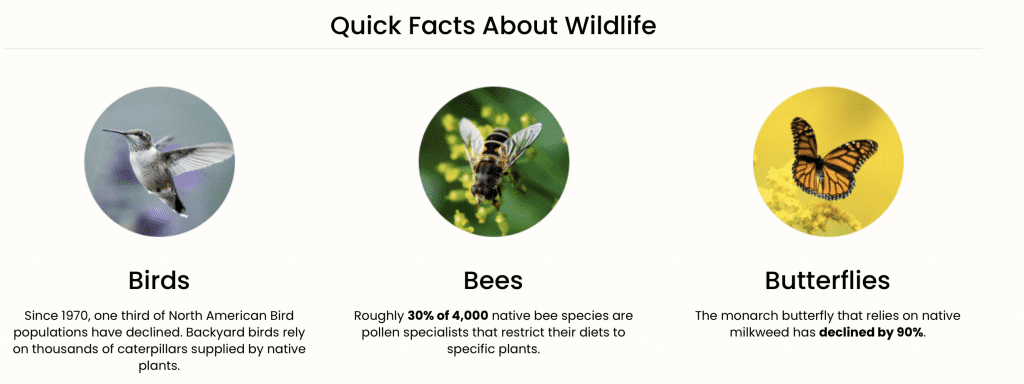
Through NWF, you can register your property as a Certified Wildlife Habitat, if you fulfill the below guidelines.
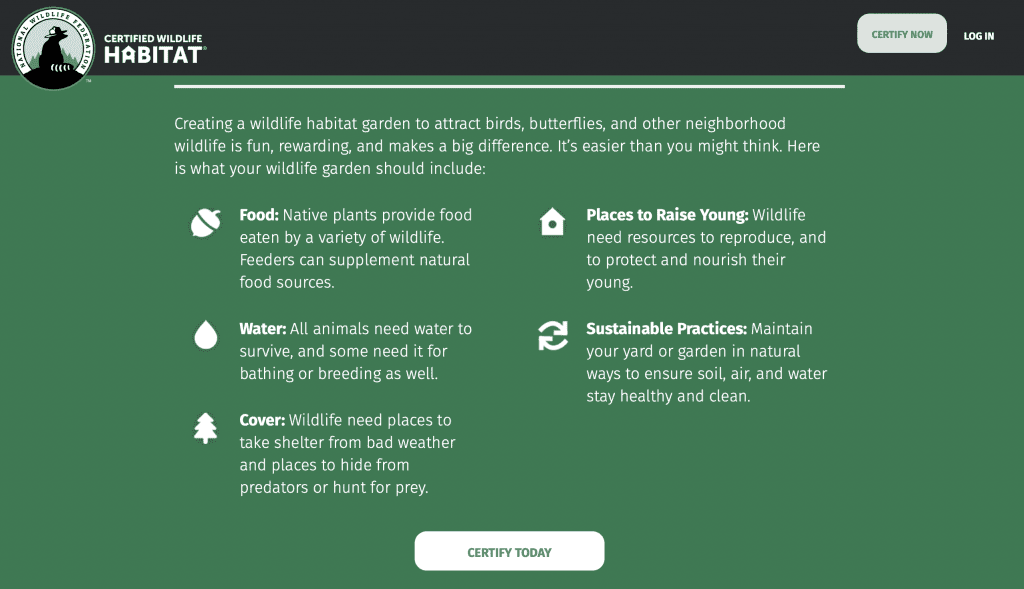
Once registered, you’ll see your property on their Garden for Wildlife Impact Map, a beautiful visual of the grassroots effort of property owners across the nation to support wildlife.
Pollinator Pathway
Pollinator Pathway is an organization that promotes, educates on, and tracks pollinator gardens. There are currently volunteer-run local chapters in Connecticut, New York, New Jersey, Massachusetts, Maryland, Vermont, Pennsylvania, Rhode Island, Oregon, Ontario.
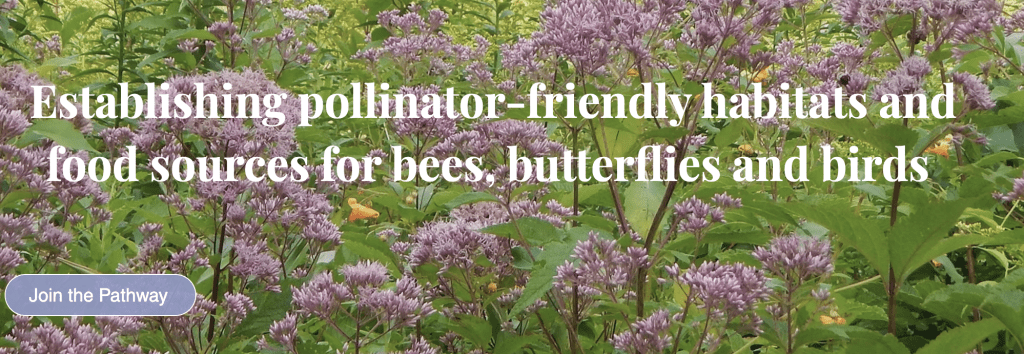
We are beyond proud to have so many dedicated volunteers dedicated to pollinator conservation in our landscape design service area:
Fairfield County: Darien, Fairfield, Greenwich, New Canaan, Norwalk, Redding, Ridgefield, Stamford, Weston, Westport, Wilton
Westchester County: Bedford, Bronxville, Croton-on-Hudson, Dobbs Ferry, Elmsford, Hastings-on-Hudson, Irvington, Lewisboro, Mount Kisco, New Rochelle, North Salem, Pound Ridge, Rye, Sleepy Hollow, Somers, Tarrytown, White Plains
Putnam County:

To qualify as a Pollinator Pathway, you must rethink your lawn, maintain your property organically, plant native plants, and remove invasive species where possible. By doing so, you create both pollinator and wildlife habitat.
Register your garden here, and be sure to check out their resources including a collection of Native Plant Lists and guides on Xeriscaping.

Audubon Plants for Birds
Audubon is an international organization that protects bird species through conservation efforts, climate mitigation policies, water conservation, and ornithology education. They have a fabulous zip code based native plant database and fun family-friendly activities for creating bird-friendly homes.
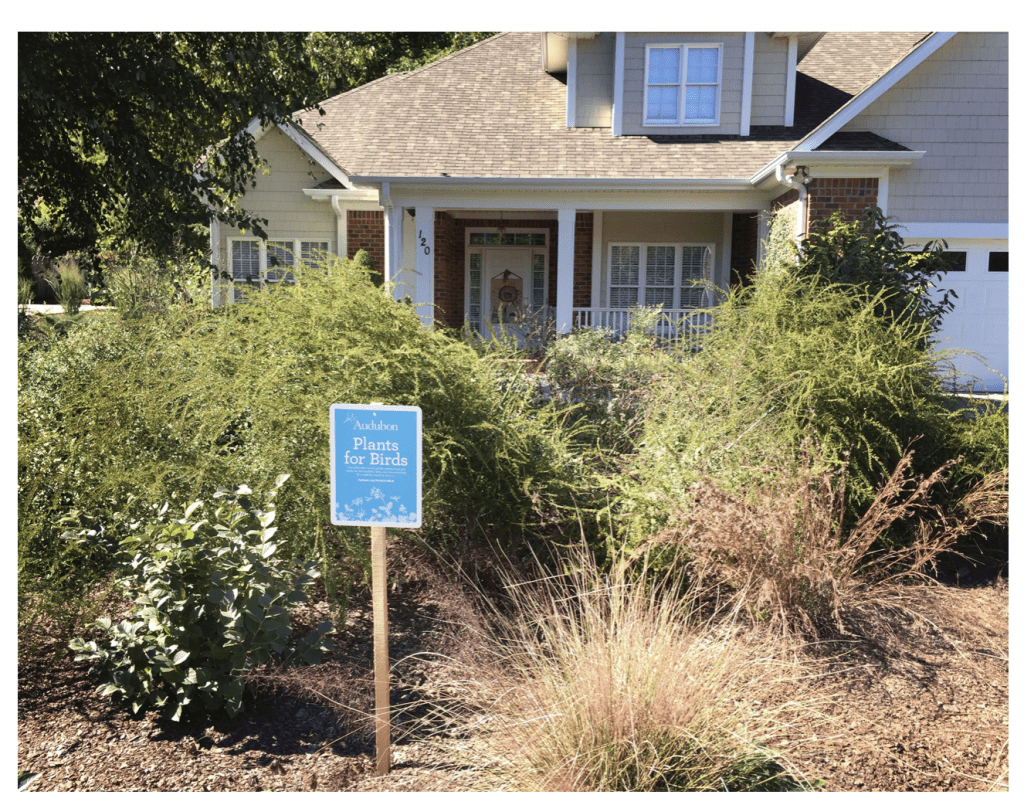
Order an Audubon Plants for Birds sign to educate your neighbors on your beautiful bird habitat. Your $25 order supports Audubon’s important advocacy work on behalf of bird biodiversity. Find your local Audubon chapter here.
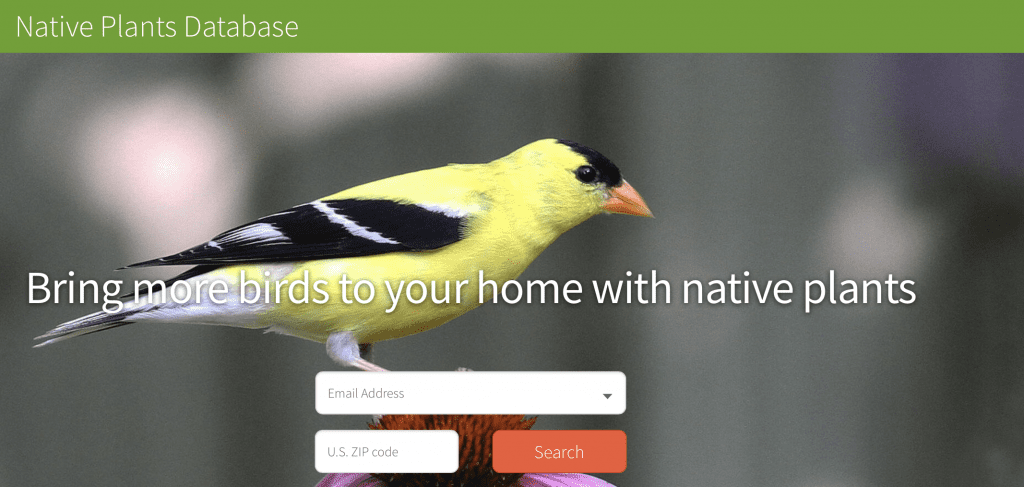
While you’re at it, sign Audubon’s Pledge to Act on Climate, in support of their “call on elected leaders to create a brighter future for birds and people through durable and inclusive policies and climate solutions.”

Homegrown National Park
Homegrown National Park is the brainchild of Doug Tallamy, an entomologist whose landmark book Bringing Nature Home sparked a national conversation about biodiversity and native landscapes. Homegrown National Park’s (initial) goal is to transform 20 million acres (about one half of privately-owned lawns in the country) into native landscapes. So far, they have over 44,000 planted acres.
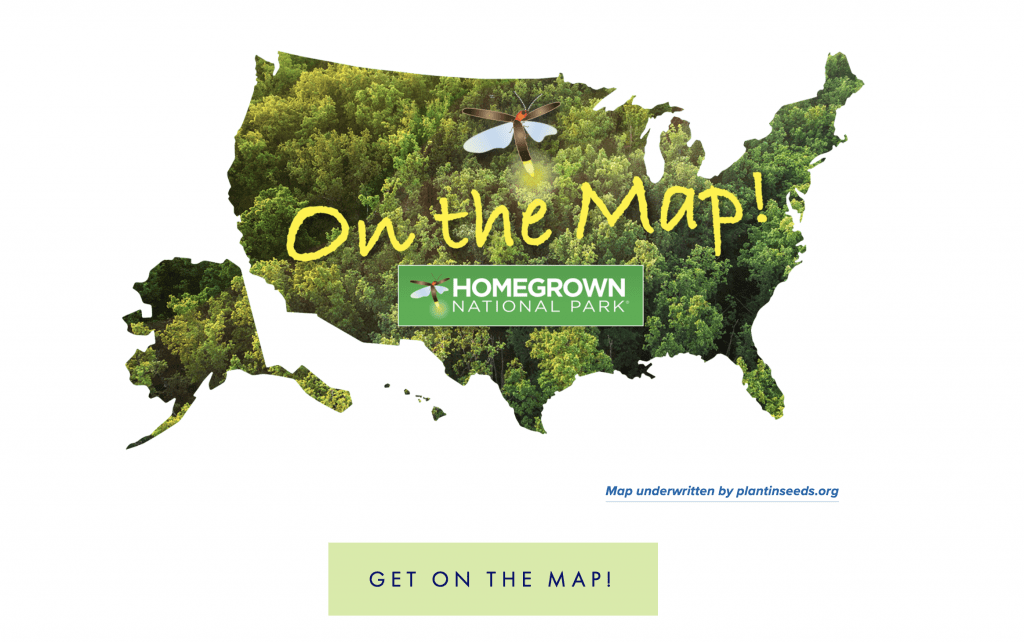
Get your property On the Map. Find Doug Tallamy’s collection of excellent books here.
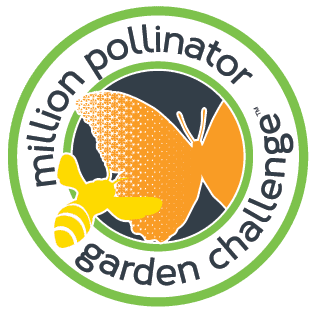
Million Pollinator Garden Challenge
The Million Pollinator Garden Challenge was founded in 2015 by the National Pollinator Garden Network, a collection of garden groups, conservation organizations, and volunteer associations, seeking to inspire communities to plant native to support pollinator habitats.
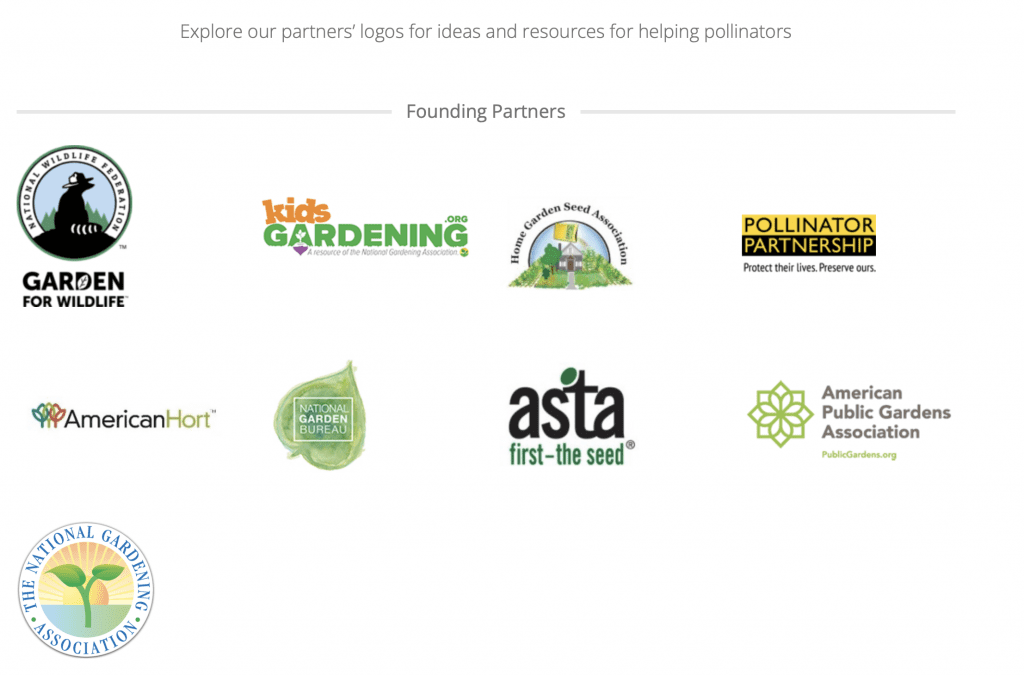
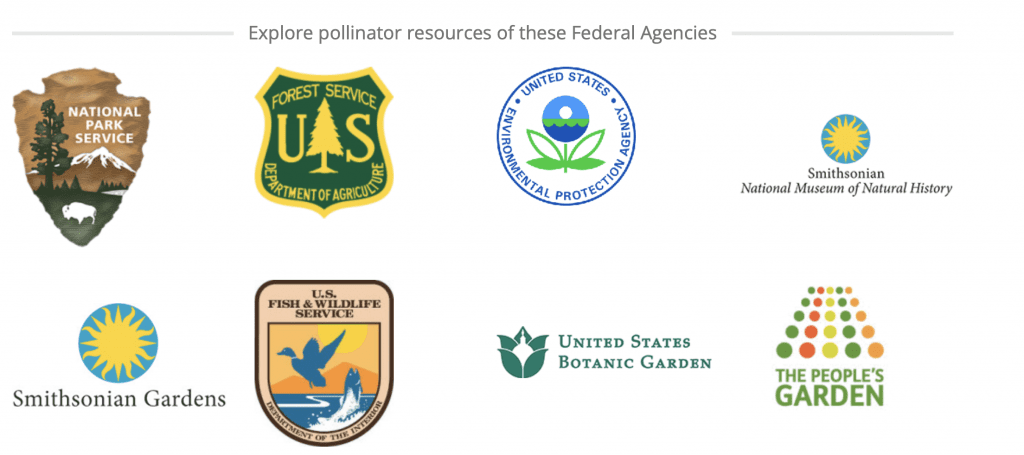
Their mission is to reach one million registered pollinator gardens. Register your garden here.
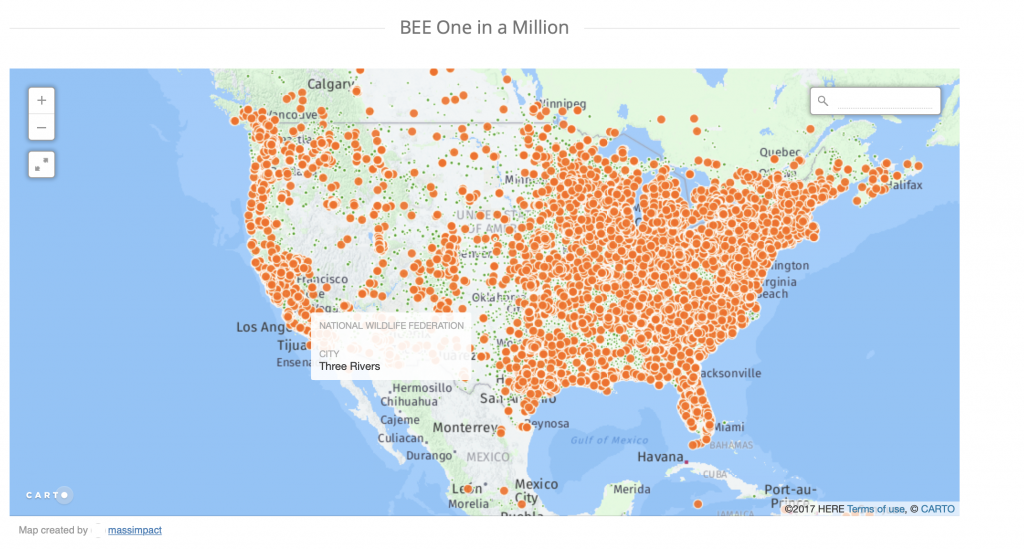
Be sure to check out their collection of resources including native plant lists, curriculum & lesson plans for educators, examples of school garden programs, and examples of pollinator citizen science programs.
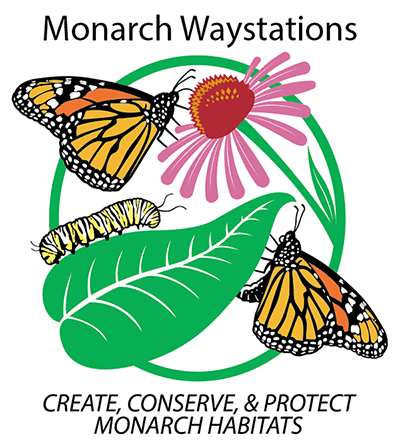
Monarch Waystation Program
Monarch Watch, a website that educates on Monarch butterfly life cycle, migration and habitat needs. Their Monarch Waystation Program encourages registering your property if you meet the following design criteria for Monarch habitats:
- Exposure: Full sun site that receives at least 6 hours of sunlight each day.
- Milkweed Plants: Milkweed (Ascelpias) is the host plant genus for Monarch caterpillars, meaning it is the only plant on which Monarch butterflies will lay their eggs. Monarch larvae are uniquely adapted to digest the toxins in Milkweed leaves, a defense adaptation that makes their bodies toxic to predators.
- Shelter: A dense massing of Milkweed creates a safer habitat with greater protection for Monarchs.
- Nectar Plants: Monarch butterflies feed on a variety of native plants. The most important factor is to ensure that there are nectar sources throughout spring, summer and fall.
- Organic Maintenance: Eliminate use of toxic pesticides that harm pollinators. Remove invasive weeds as necessary.
They will send you a Certificate of Appreciation and a Monarch Waystation outdoor sign to display.

Check out their compilation of butterfly and pollinator resources here.

Xerces Society Pollinator Protection Pledge
The Xerces Society for Invertebrate Conservation has been protecting pollinators and other endangered invertebrates for decades through conservation policy initiatives, grassroots educating, and field research.
As part of their Pollinator Protection Program, you can sign the Pollinator Protection Pledge.

Don’t miss their Pollinator Conservation Resource Center
Bumble Bee Watch
Bumble Bee Watch is a citizen science initiative aiming to track bumblebee sightings to gain data about population distributions and changes over time. All you need is an observant eye and a camera! Upload your photo of a bumblebee or nest, use the site to identify it, then an expert verifies your ID, and your sighting is added to the map!
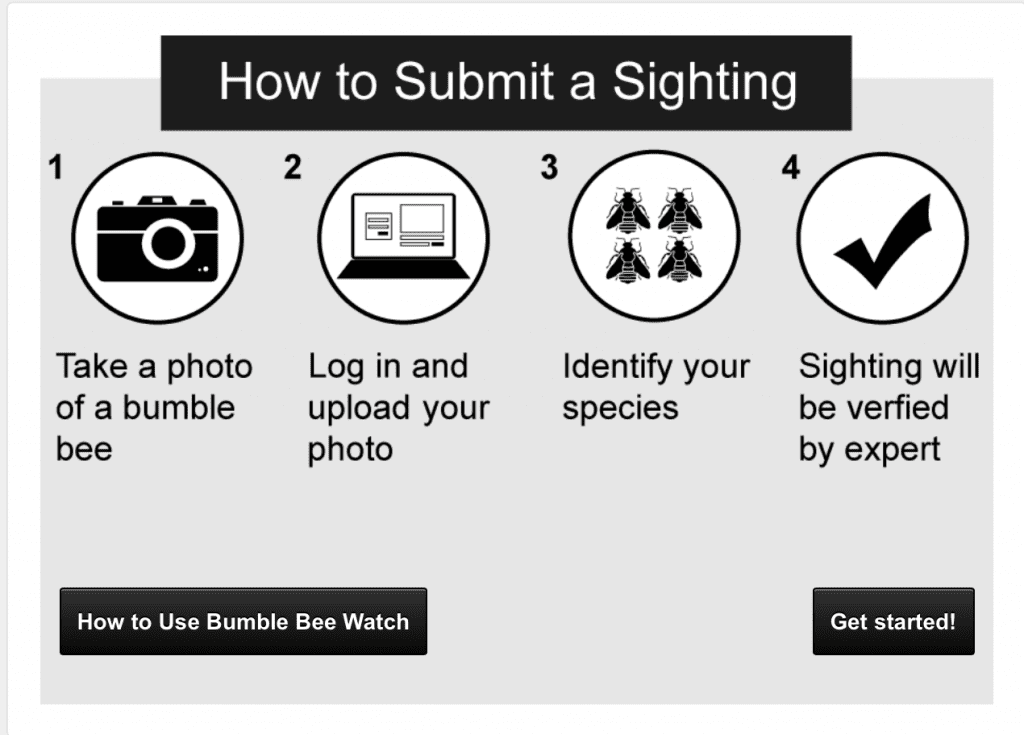
Sign up to record your sighting and view the aggregated data.
You can find great resources on this site, especially their profile of the bee Species of the Month.

Healthy Yards Westchester
Healthy Yards is a Westchester-based non-profit that promotes responsible land stewardship at a residential level. They provide a wealth of resources and information, for both property owners and professionals, on practices such as: mulch mowing, organic maintenance, planting native, responsible water use, and more.
Check out their Checklist for a Healthy Yard, 10 steps to start your healthy yard journey! Be sure to read their full compilation of Resources for Homeowners too!
